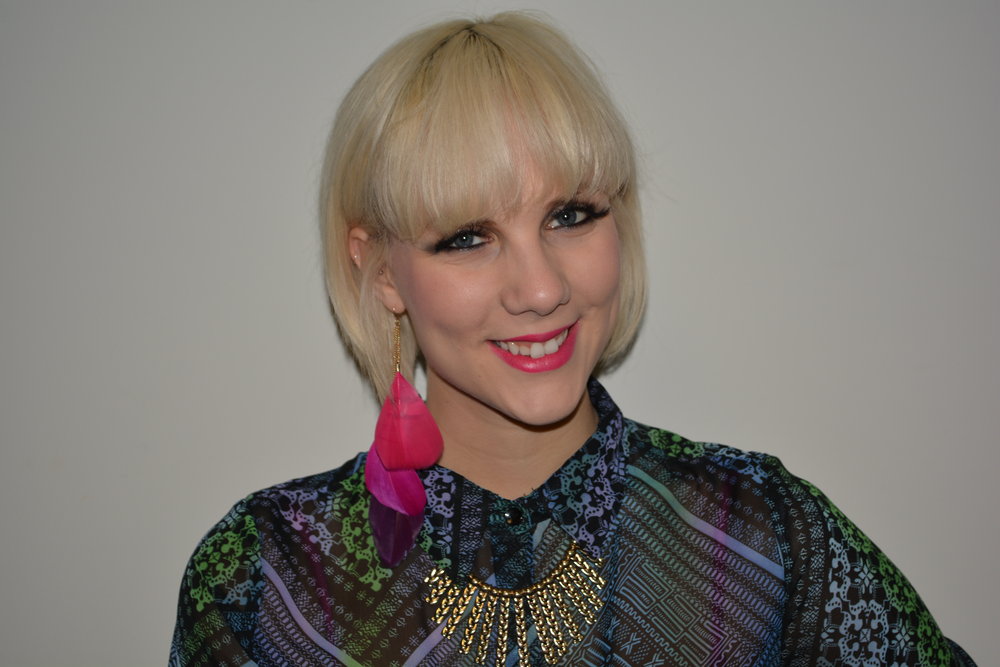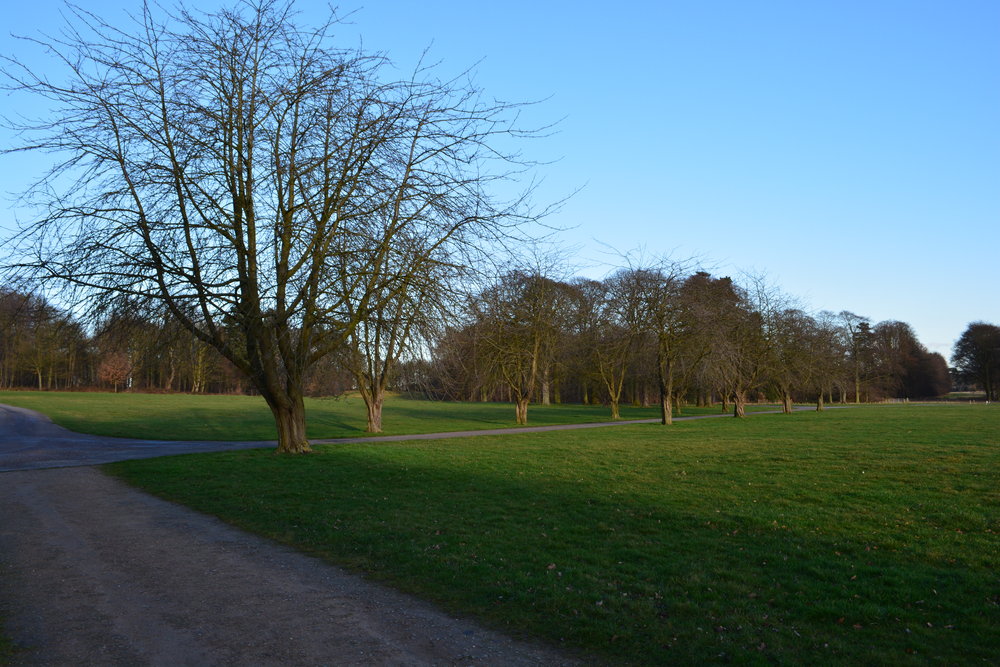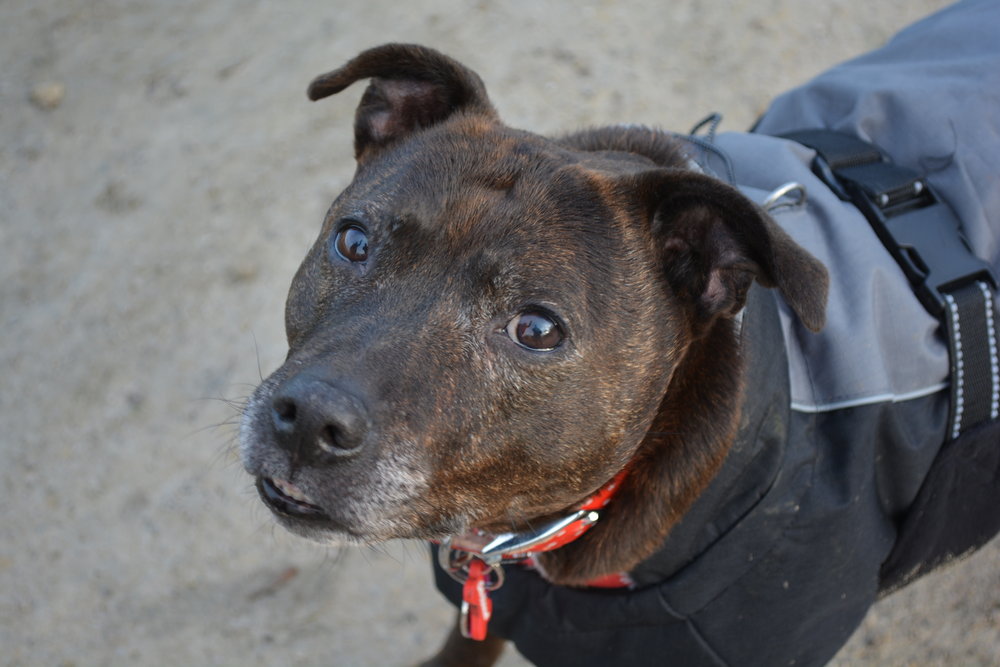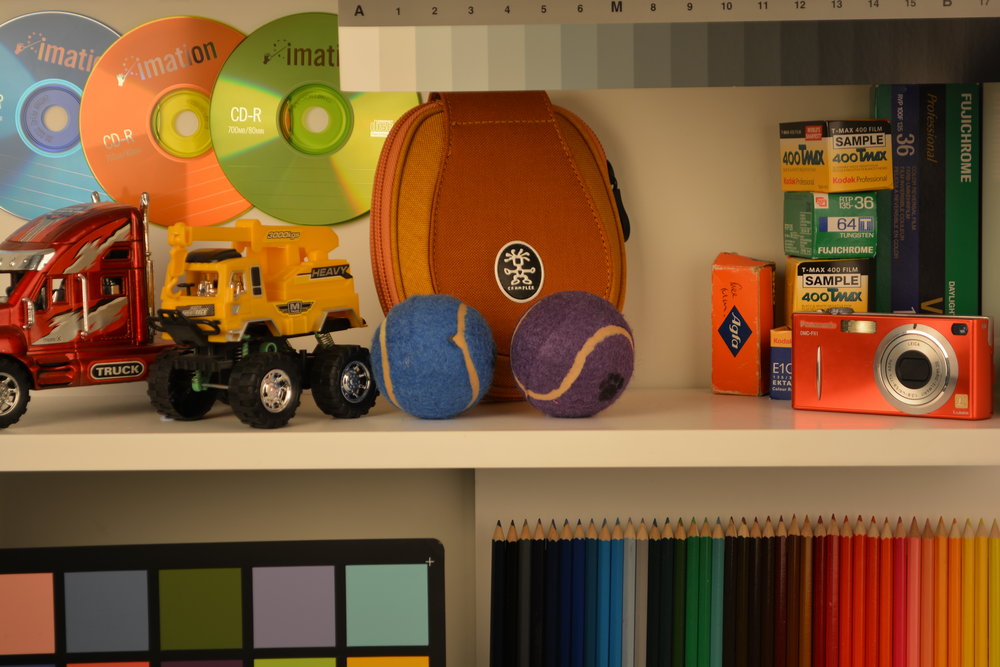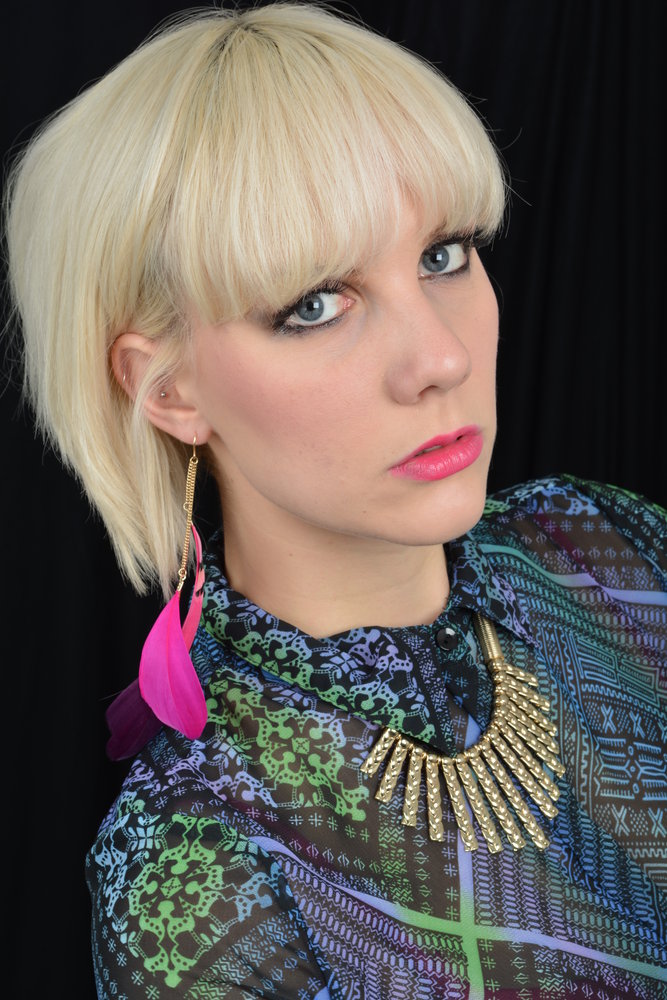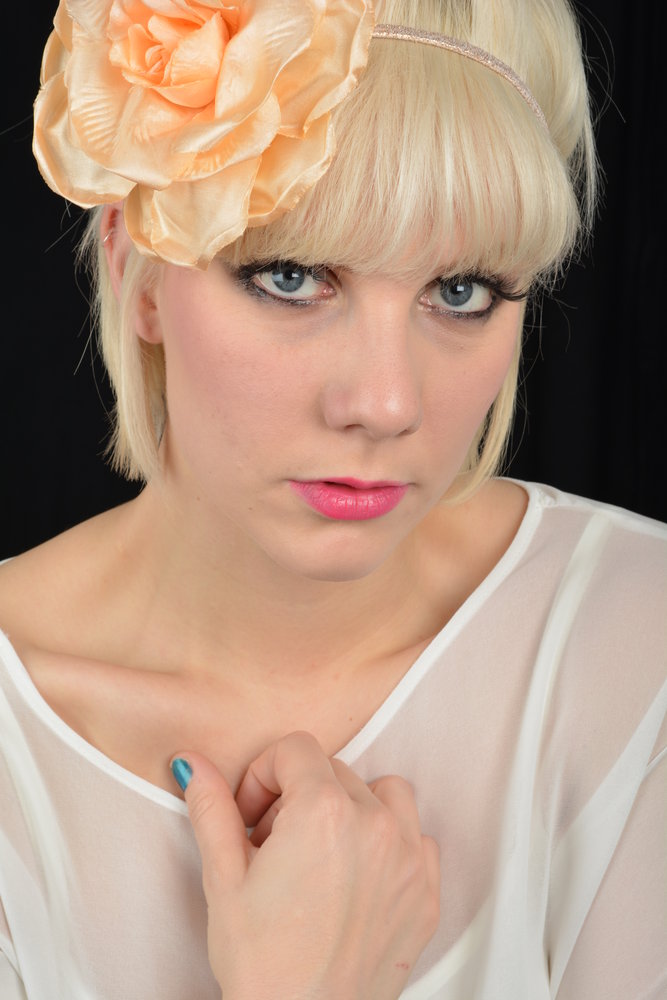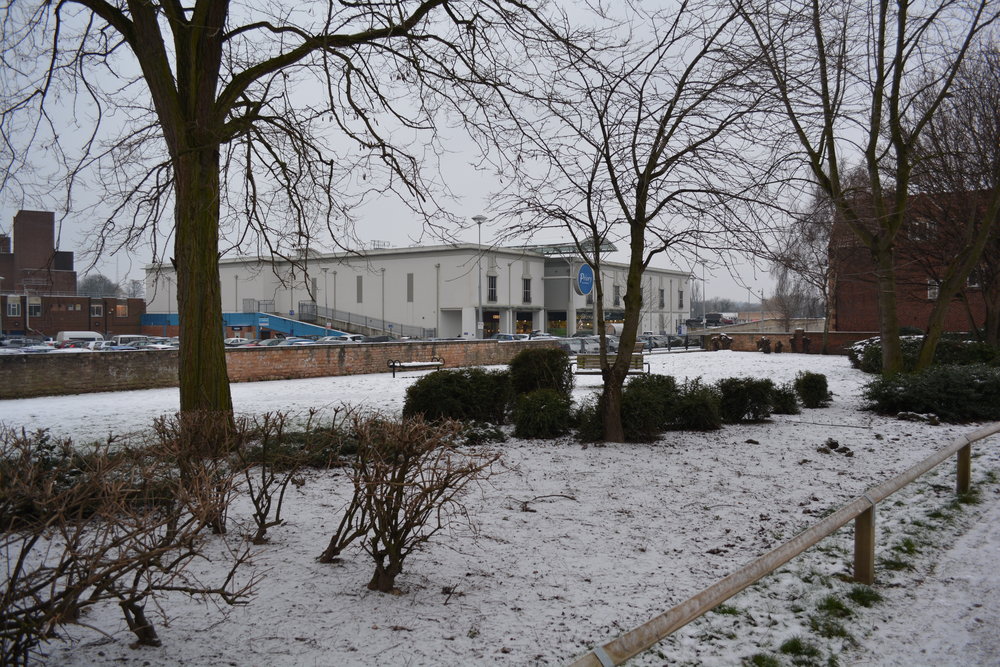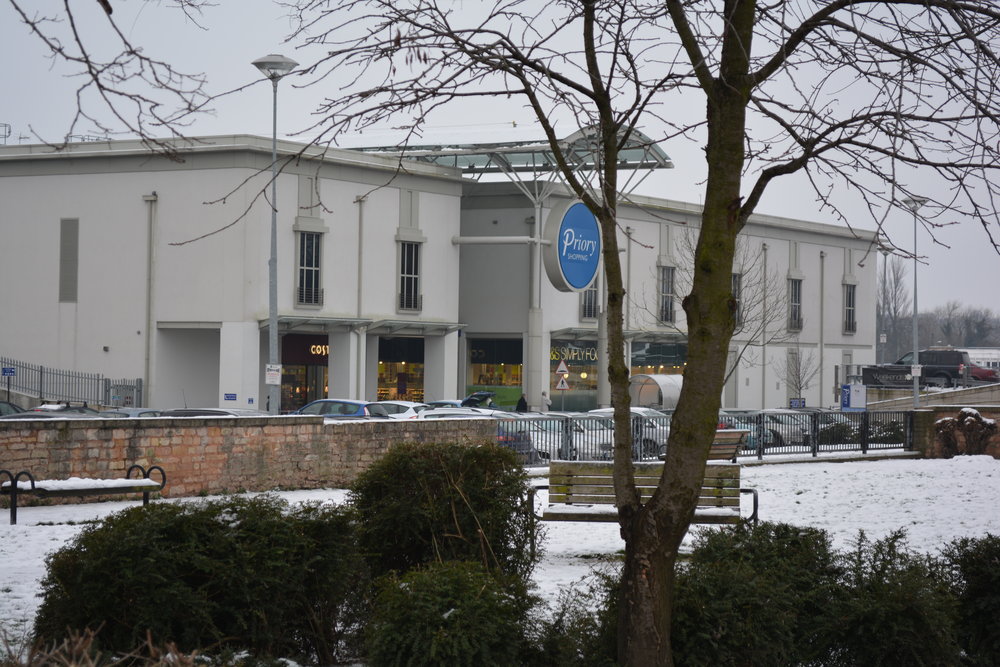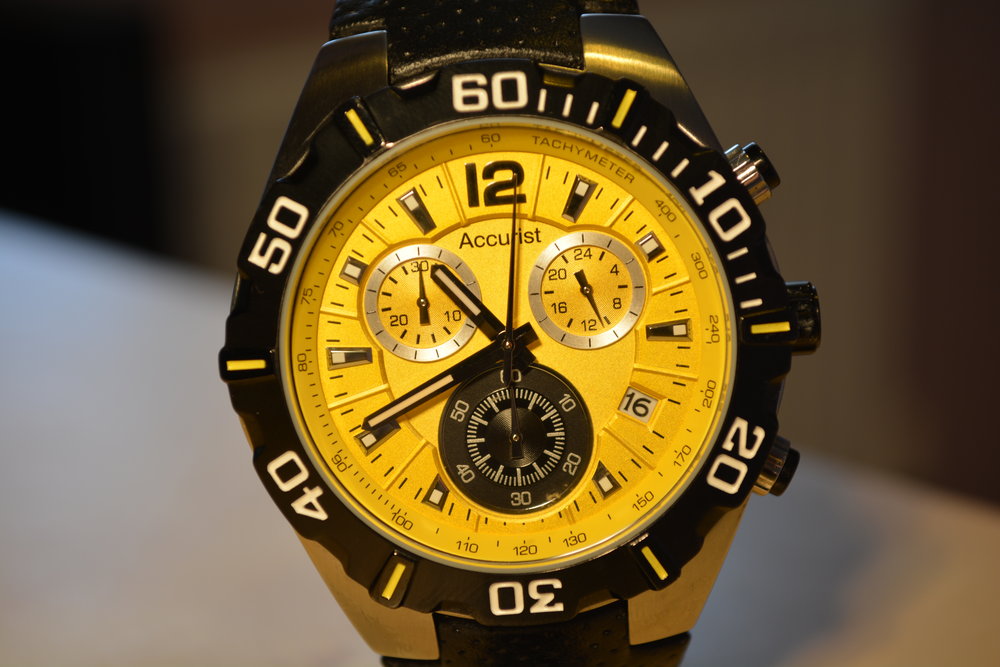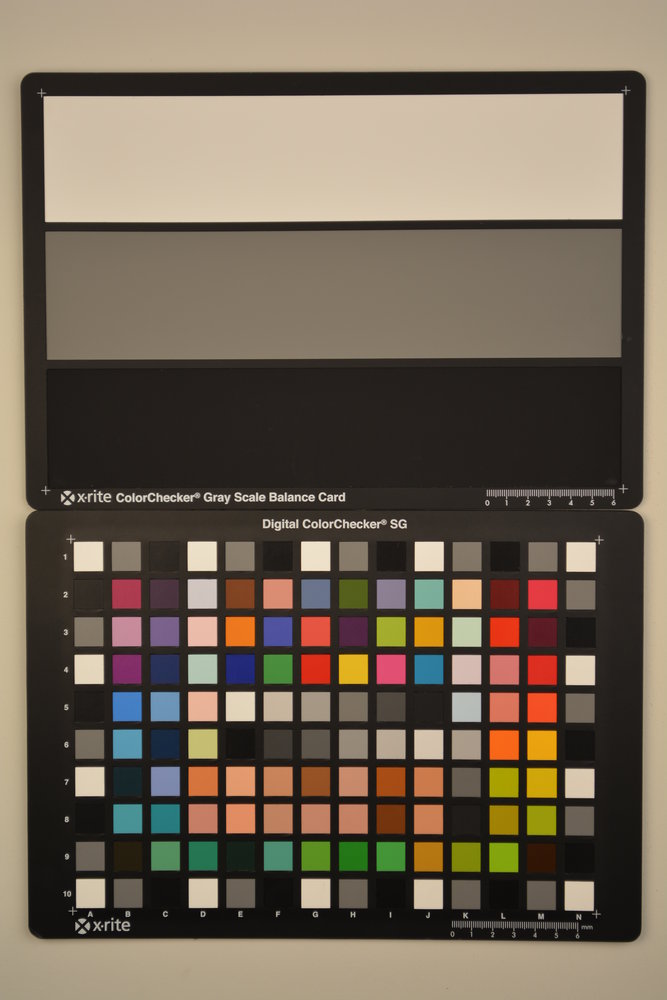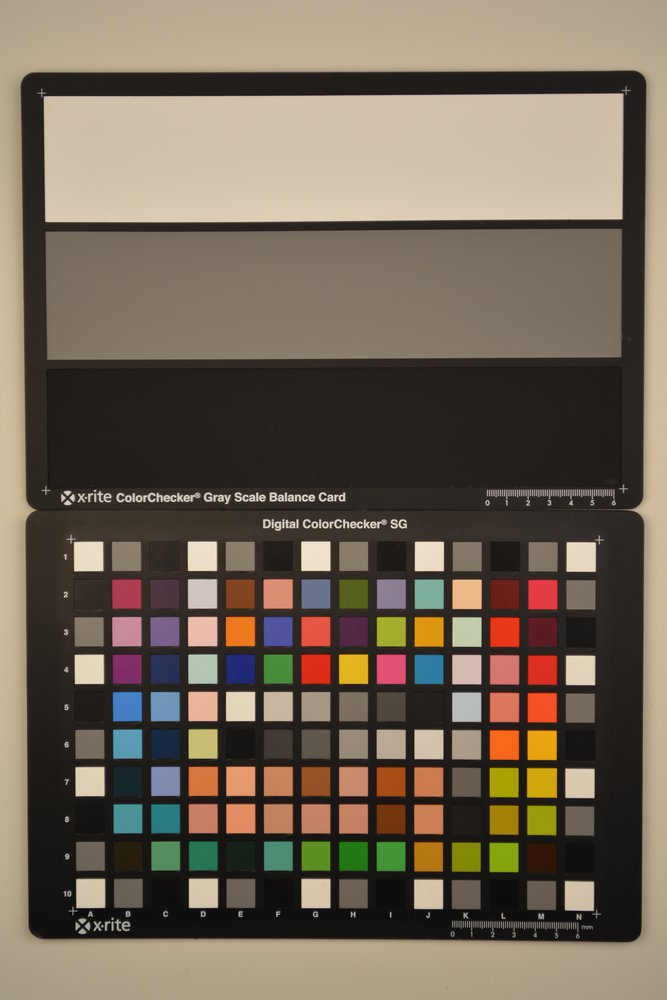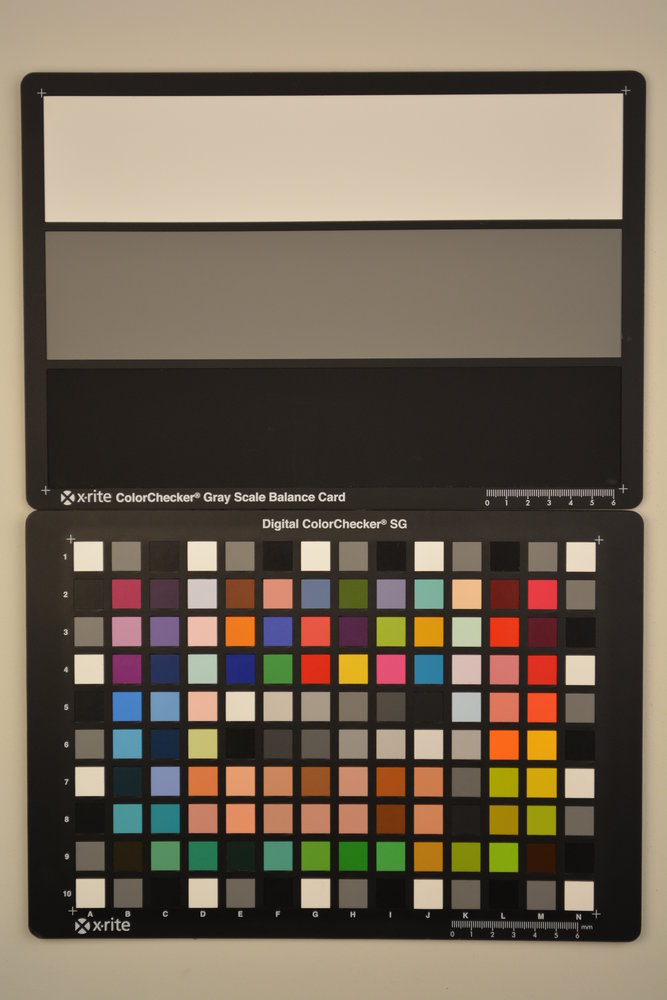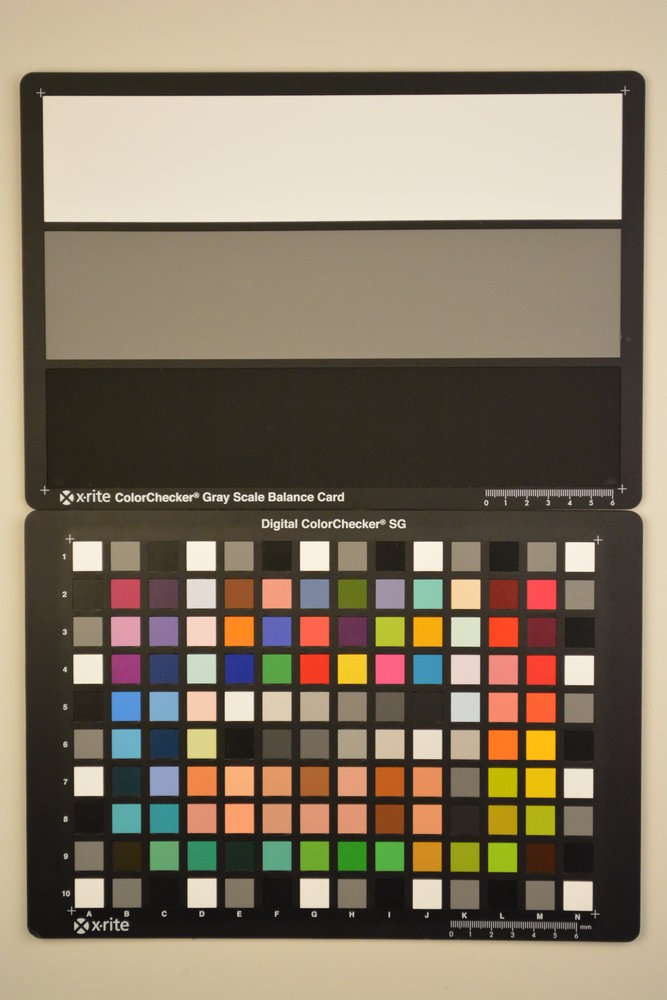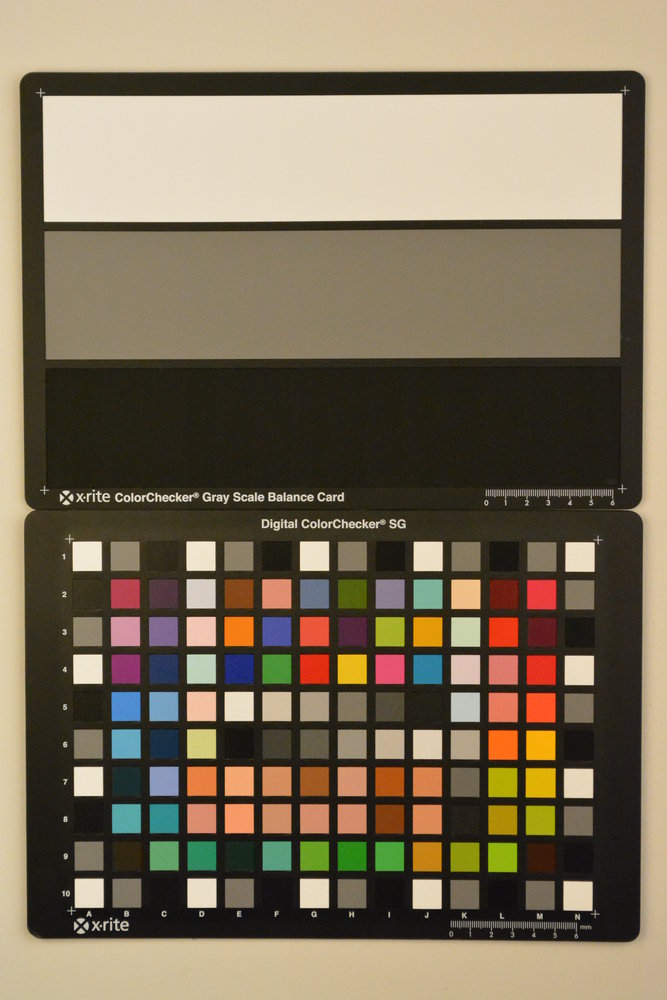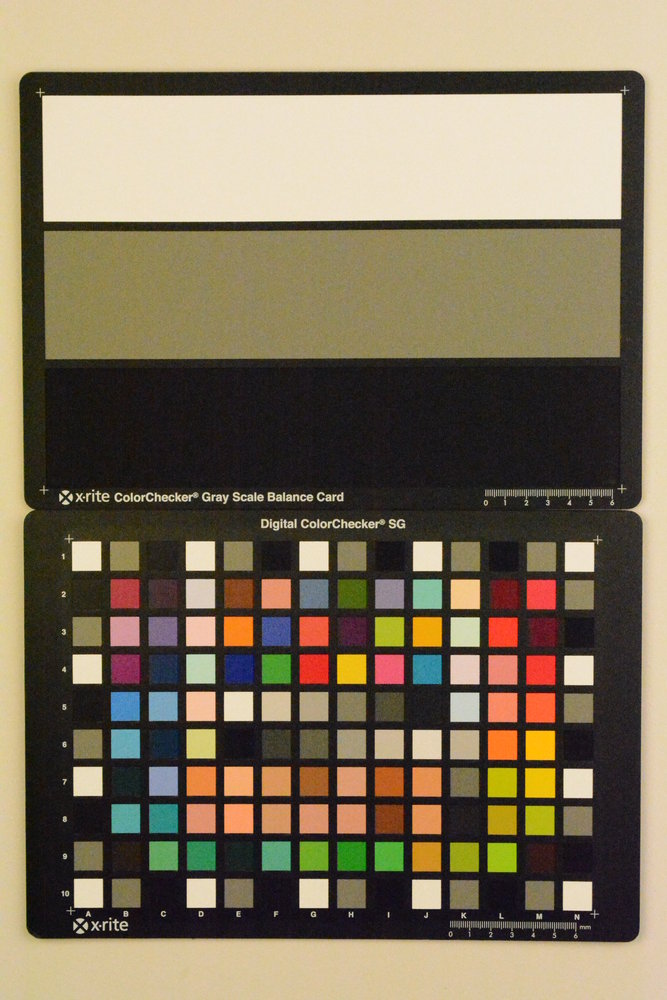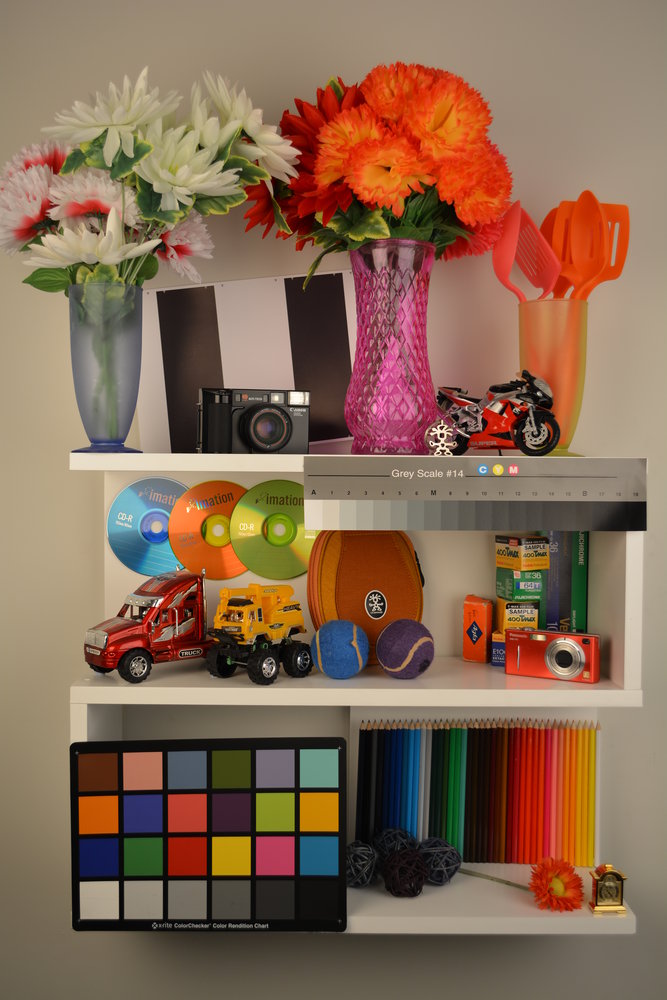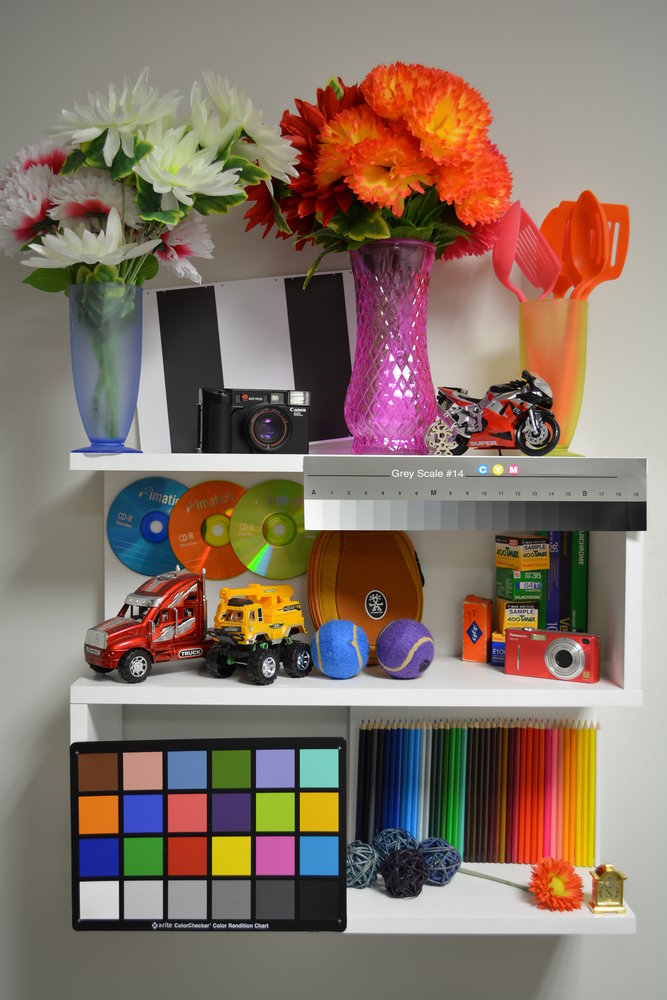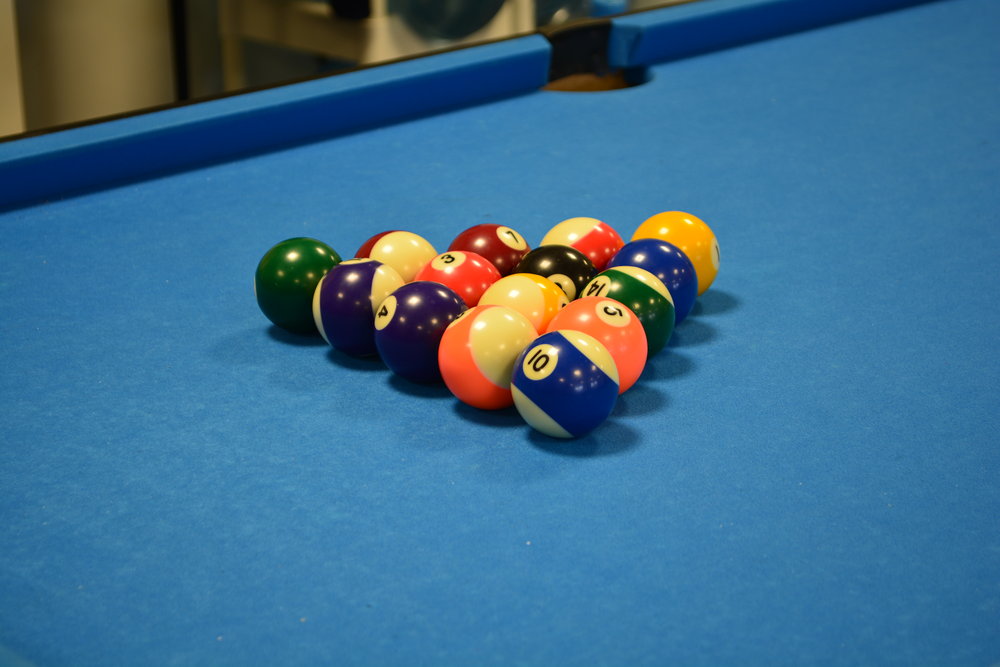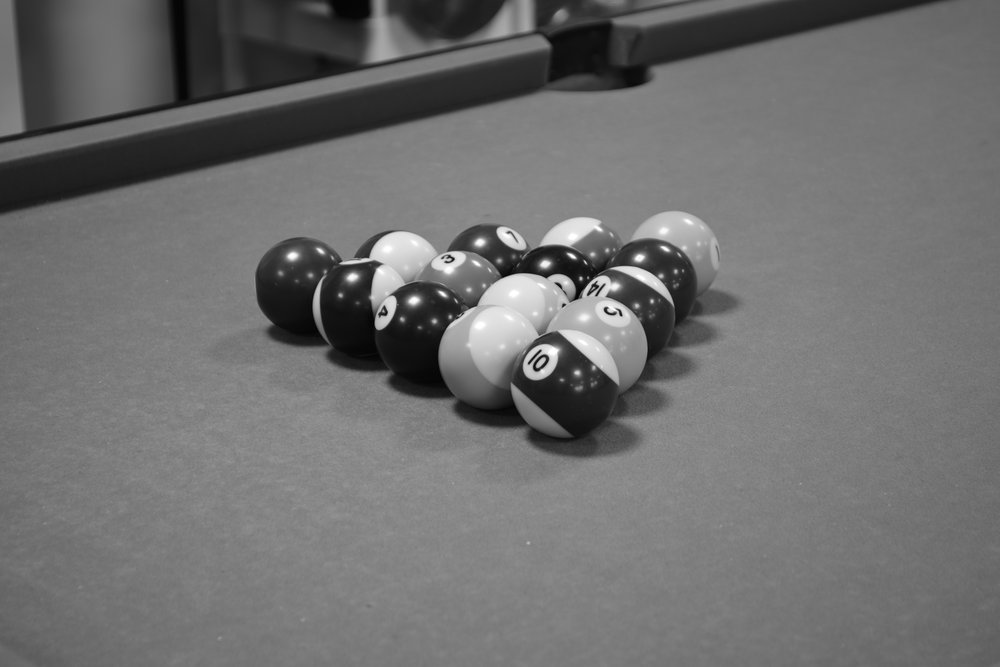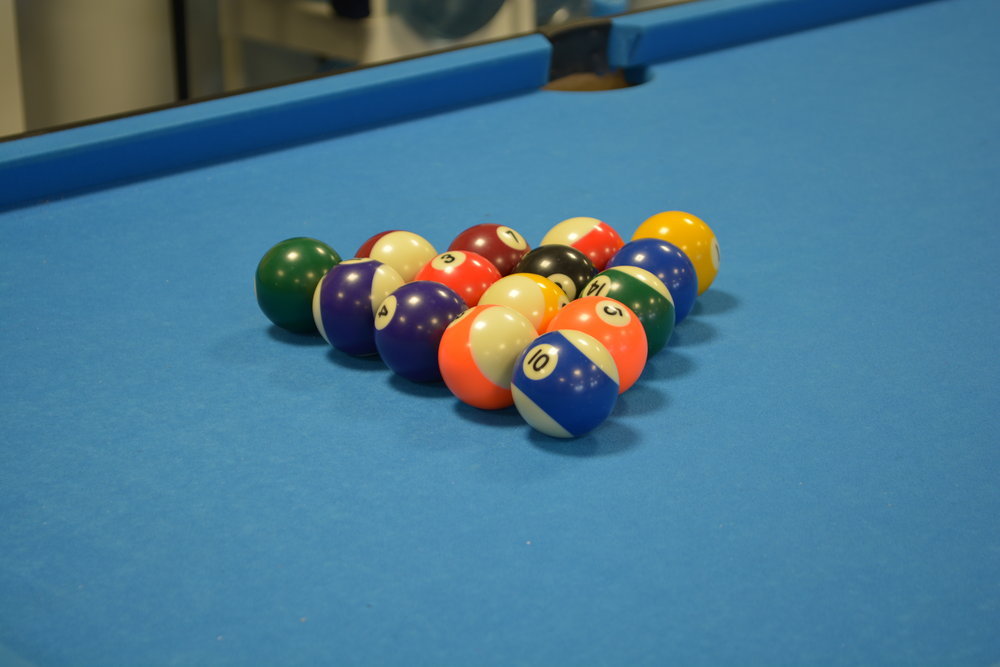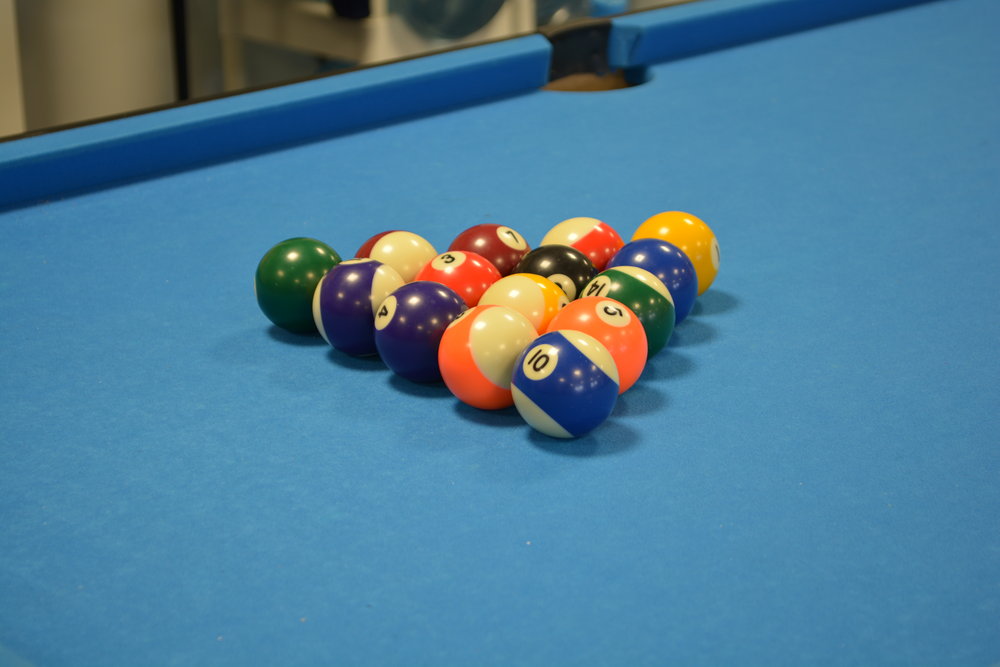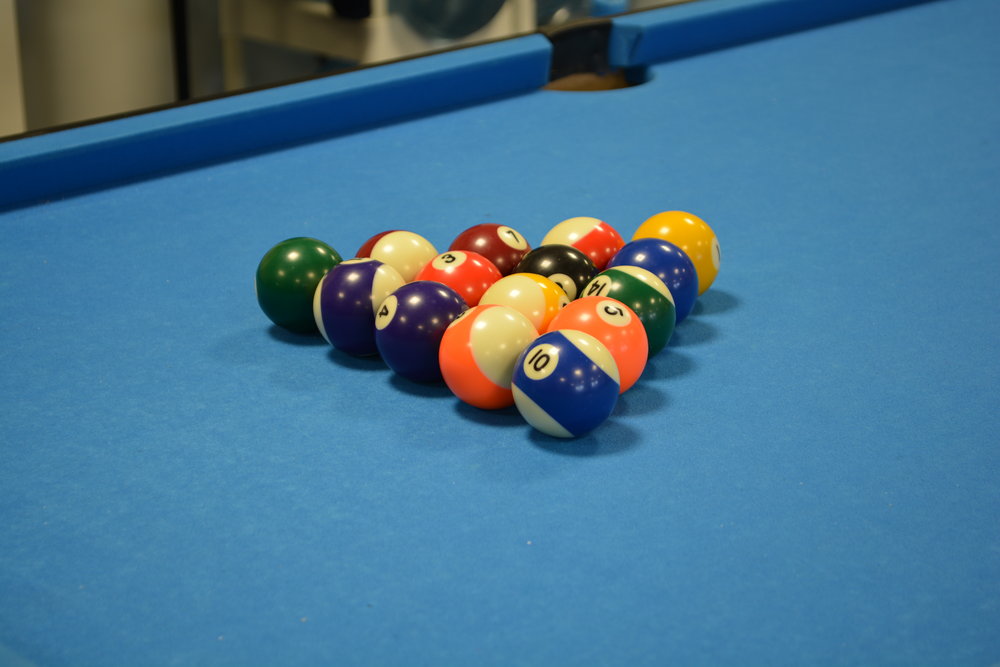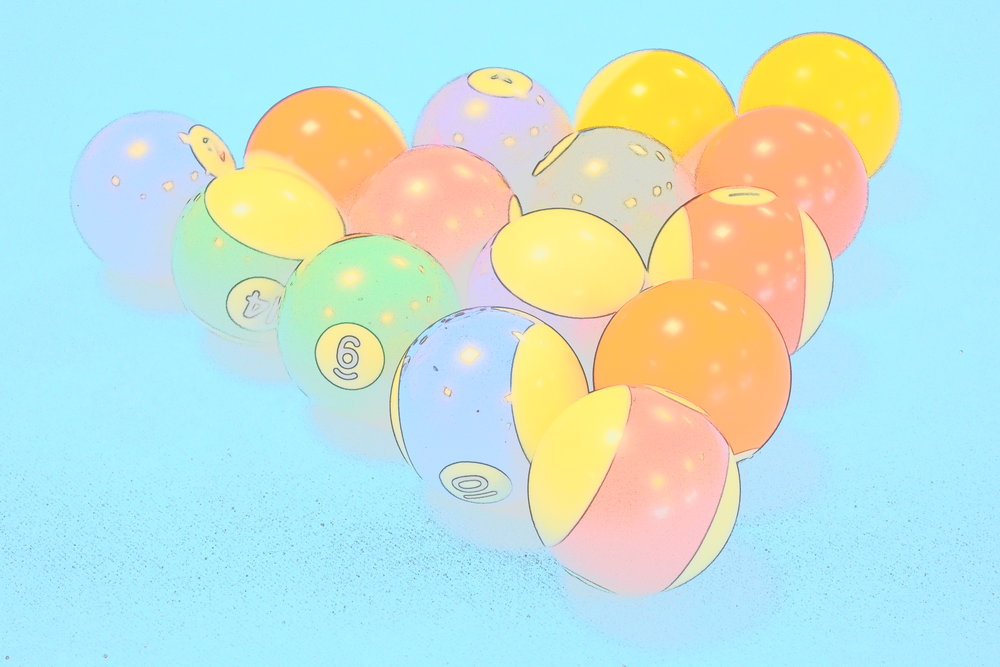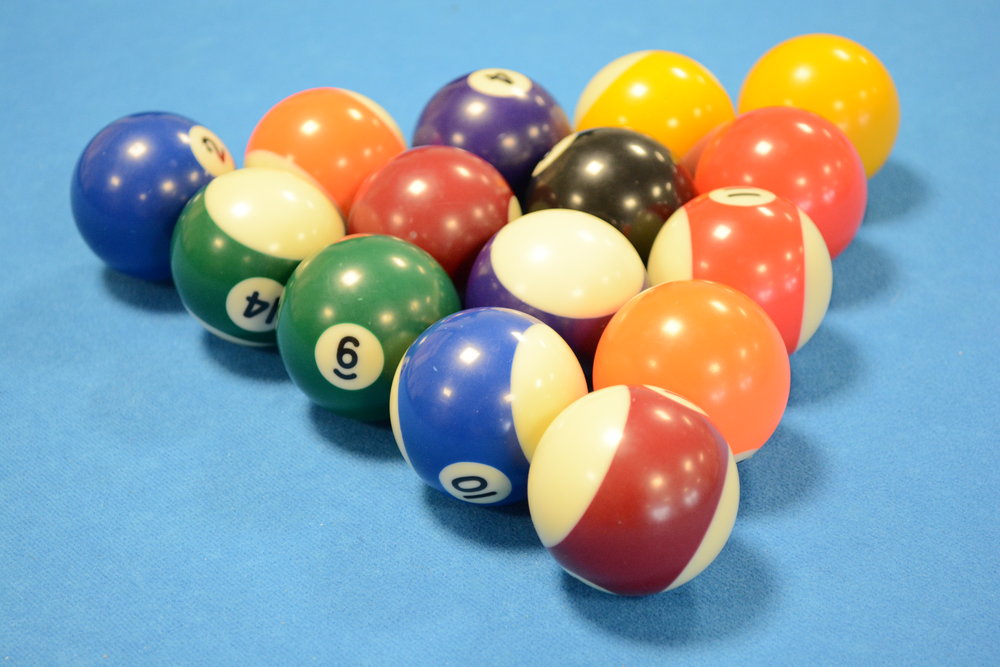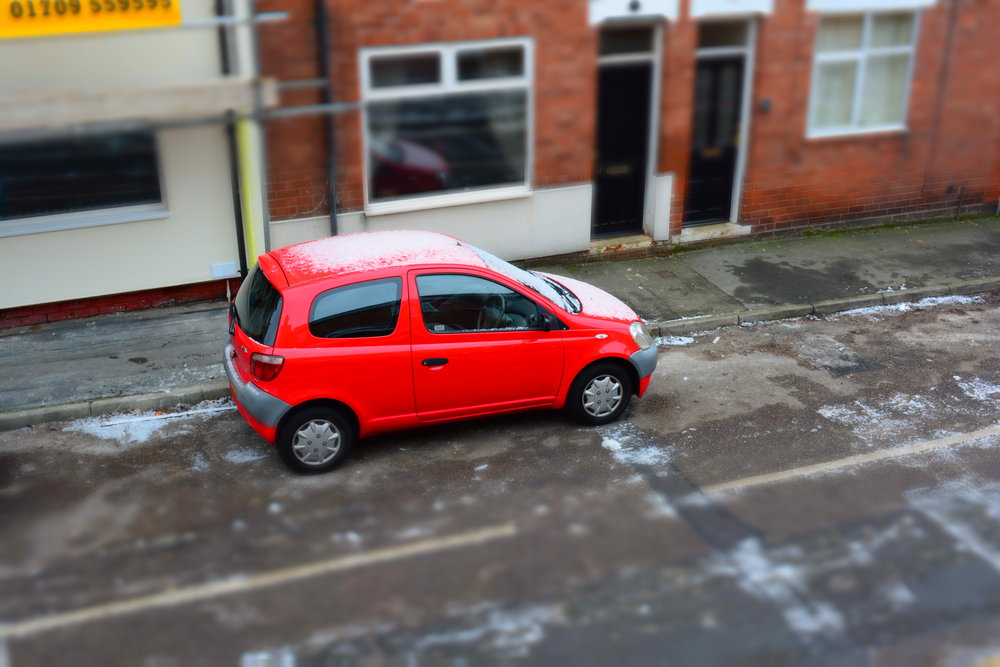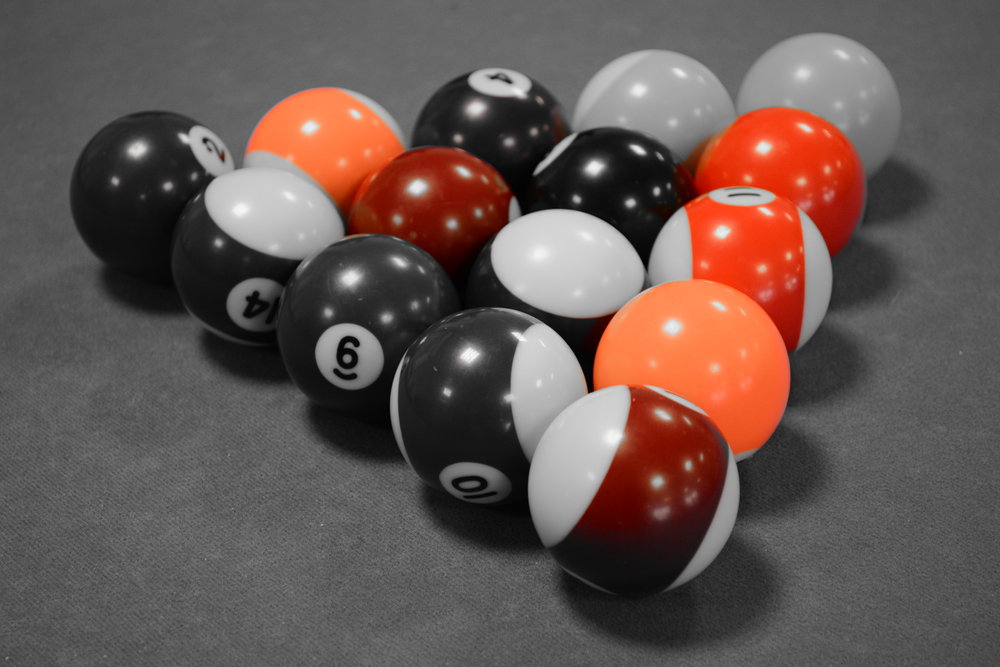Features
Handling
Performance
Verdict
Specification
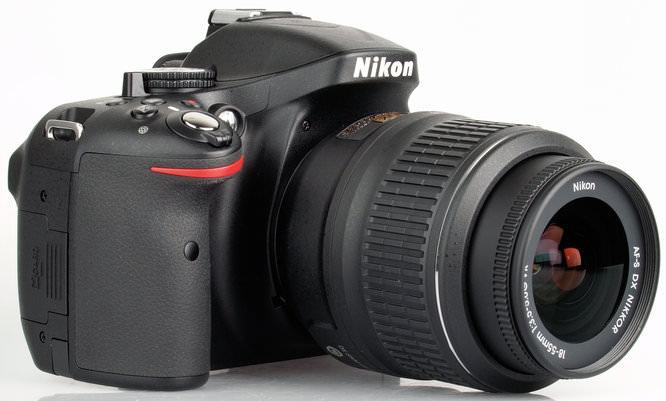
The D5200 is the latest Digital SLR from Nikon - it features a 24.1 megapixel APS-C sensor, 5 fps continuous shooting, and full 1080p HD video recording. Most of the shots in this review have been taken using the standard 18-55mm lens, which can be purchased with the camera for around £665.00.
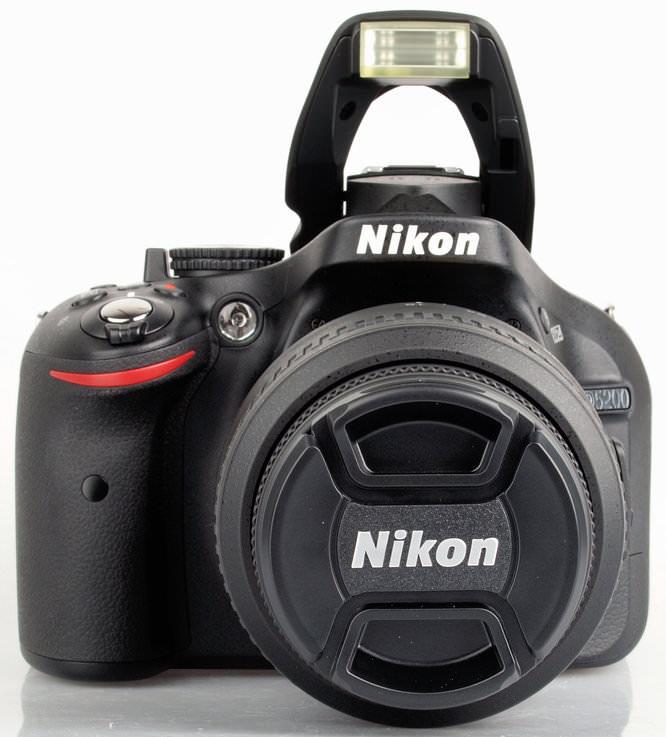
Nikon D5200 Features
The D5200 has a 24.1 megapixel DX-format CMOS sensor and Nikon's EXPEED 3 image processing engine. It has a 39 point AF system and 2,016 pixel RGB metering systems to optimise exposure, autofocus and auto white-balance. There is an ISO range of 100-6400 which is extendable to an equivalent of 25600.
As well as auto mode, there are 16 scene modes and full manual controls. There are also a number of effect modes including selective colour and miniature. The D5200 can shoot at up to 5 fps. It has a High Dynamic Range to capture more detail in high-contrast lighting conditions with Active D-Lighting to retain detail in both light and dark areas.
On the rear is a 3.0 inch 921k dot vari-angle LCD screen which can be flipped, tilted and turned. There is an optional Wireless Mobile Adapter (WU-1a) to share images directly from the camera to an Android or iOS device, or control it remotely. There are also Nikon's WR-R10 and WR-T10 wireless remote control devices available to purchase.
Movies are recorded in full 1080p HD (up to 60i) and there is a built-in stereo microphone.
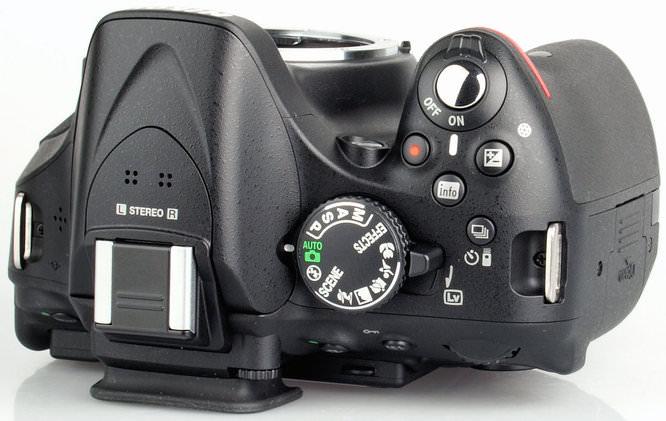
Key Features
- 24.1 megapixel DX-format CMOS sensor
- EXPEED 3 image processing engine
- Nikon F mount (with AF contacts)
- 39 point AF system
- 3.0 inch vari-angle 921k dot LCD monitor
- Full 1080p HD video recording
- ISO 100-6400 (extendable to 25600)
- 5 fps continuous shooting
- 16 scene modes
- High Dynamic Range & Active D-Lighting
- Effects mode
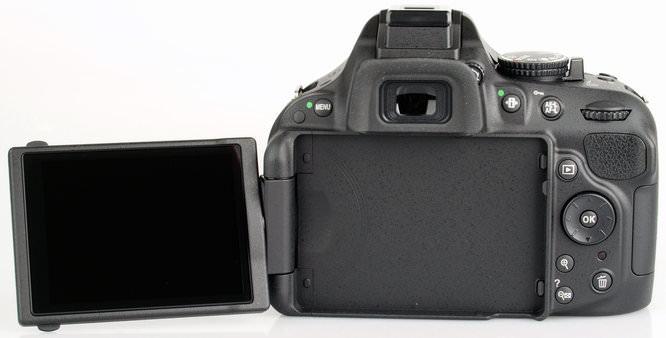
Nikon D5200 Handling
The D5200 feels solidly built and has a good sized hand grip, that has an elastic rubber coating and it is very easy to hold. It looks almost identical to the D5100, with the updated model having a dedicated button for the self-timer and continuous shooting modes.
A full array of connections on the side provide HDMI, External Microphone, USB and GPS connections. It's easy to access the live view mode thanks to the auto-returning lever. The D5200 has a metal tripod mount and a number of dedicated buttons on the camera including: flash, function (can be customised to image quality, ISO, white balance, active d-lighting, HDR mode, +RAW, auto-bracketing and more), dedicated video recording, exposure, info, AE-L/AF-L, plus playback, zoom, delete, menu, and the i button.
The built-in menus are clearly laid out with each section notable from its dominant colour, such as the green shooting menus, blue playback, orange setup, red custom setting menu, purple retouch menus, plus recent settings. The playback editing options are particularly feature packed allowing most of the effects and more to be applied to photos taken.
The back display of the camera lets you change the majority of settings, such as ISO, WB, flash, etc..., as the camera unfortunately does not feature shortcuts on the 4-way / direction pad, and again rather unfortunately the shortcut button to enter the menu is positioned near the optical viewfinder (the <i>) button, making it a little awkward to get into the options sometimes. It would be nice if you could simply press the middle OK button to enter the options as this is much closer to where you thumb naturally rests, and it often feels like you are stretching your thumb to reach the <i> button.
The retouch menu is worth highlighting as there is a large number of options available including: D-Lighting, Red-eye correction, Trim, Monochrome, Filter effects, Colour balance, Resize, Image overlay, RAW processing, Quick retouch, Straighten, Distortion control, Fisheye, Colour outline, Perspective control, Colour sketch, Miniature effect, Selective colour, and Movie editing.
The camera uses a lithium-ion battery, model EN-EL14, and is the same battery as used in the Nikon D3200 and Nikon Coolpix P7700. We managed to get around 300 shots with a mixture of shooting with live view switched on and off.
We took a number of shots to test the camera's responsiveness, from switch on to first photo, shot to shot, focusing speed etc. We take a number of shots and then use the average to ensure accurate and consistent tests, making it easy to compare with other cameras.
| Nikon D5200 | Nikon D5100 | |||
| Shutter response (SLR / Live) | 0.1 / 0.4 | 0.1 / 0.5 | ||
| Focus - wide, shutter response | 0.45 | 0.5 | ||
| Focus - telephoto, shutter response | 0.5 | 0.7 | ||
| Focus - live view (wide) | 1.3 | 1.7 | ||
| Switch on time - taking photo | 0.6 | 0.5-0.6 | ||
| Shot to shot - without flash | 0.8 | 0.6 | ||
| Shot to shot - with flash | 1.8 | 0.6 | ||
| Continuous shooting - JPEG | 5 fps (14 shots*) | 4fps (28 shots*) | ||
| Continuous shooting - RAW | 5 fps (6 shots*) | 4fps (13 shots*) |
The D5200 produces similar results to the D5100, although the newer model is capable of 5 fps continuous shooting, although it manages less shots before it slows down than the D5100.
* before slow-down.
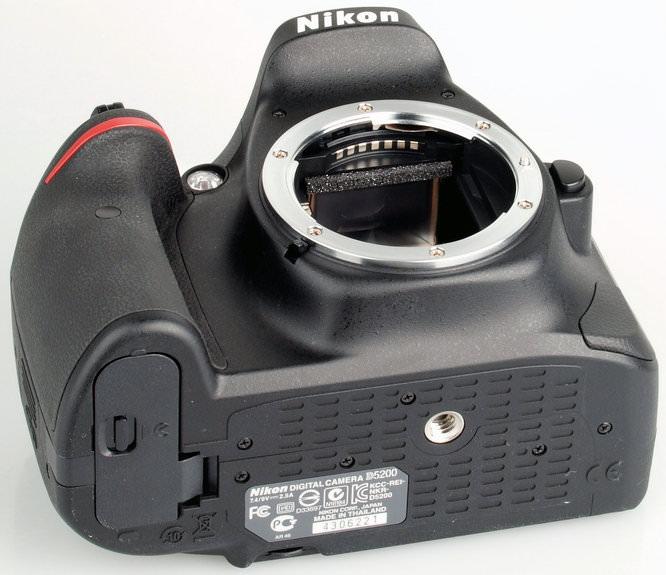
Nikon D5200 Performance
Additional sample photos and product shots are available in the Equipment Database, where you can add your own review, photos and product ratings.
Nikon D5200 Sample Photos
Sample Photos - The sample shots show the D5200's ability to produce well exposed images with excellent colour reproduction and pleasant skin tones. When using the flash there is no sign of red-eye.
Nikon D5200 Lens test images
Lens Performance - Detail is excellent throughout the lens range, with purple fringing kept to a minimum. The camera has a good dynamic range with active d-lighting assisting. If you are able to shoot with a tripod you can also switch to HDR, more about this is below. When using the standard lens to zoom in, the D5200 is capable of taking decent macro shots.
|
HDR Off | 1/30 sec | f/4.5 | 30.0 mm | ISO 100 |
HDR Auto | 1/30 sec | f/4.5 | 30.0 mm | ISO 100 |
HDR Extra High | 1/30 sec | f/4.5 | 30.0 mm | ISO 100 |
|
HDR High | 1/30 sec | f/4.5 | 30.0 mm | ISO 100 |
HDR Normal | 1/30 sec | f/4.5 | 30.0 mm | ISO 100 |
HDR Low | 1/30 sec | f/4.5 | 30.0 mm | ISO 100 |
HDR - This takes two shots at different exposure levels and combines them. As well as auto there are four levels to choose. The effect is clear to see, in the extra high picture above you can see plenty of detail and colour in the wall in the background, which you can't when you're not using the HDR mode. HDR is only available when shooting JPEGS.
Nikon D5200 ISO test images
ISO Noise Performance - From ISO 100, right through to ISO 3200, images have a small but steady increase in noise, but images remain sharp. ISO 6400 sees a slight softening and the loss in detail starts to become significant. The next ISO settings are Hi1 and Hi2 (equivalent to ISO 12800 and 25600 respectively). The produces images that are much softer with lots of detail lost. When compared to the Nikon D3200, the D5200 does have slightly less noise.
Nikon D5200 White-balance test images
White Balance Performance - Under the incandescent lights the AWB and incandescent presets both perform well, with each taking very similar shots. Under the fluorescent lights the AWB does an excellent job, with a colour cast when using the fluorescent preset.
Nikon D5200 Digital filters
Digital Filters - When shooting you can apply one of a range of picture controls to your images. There are also a number of effects available including selective colour and miniature.
Video - Below is a video recorded in full 1080p HD. When you start the recording it crops quite a lot from the image you start with.
Value For Money
The Nikon D5200 can be purchased for around £665.00 with the 18-55mm VR kit lens. Other cameras to consider at the Sony A65 for £640.00 (with 18-55mm lens), Canon 650D for £540.00 (with 18-55mm lens) and Pentax K-30 for £540.00 (with 18-55mm lens). You may also be considering the Nikon D3200 for £420.00 (with 18-55mm lens), which has the same number of megapixels, but lacks the rotating screen, has a lower ISO range and slower continuous shooting.
You'll also need to buy a memory card and a case or bag to keep your camera safe and protected - have a look at our complete guide to camera bags.
Nikon D5200 Verdict
When we reviewed the D5100 in April of 2011 we were impressed and gave it our highly recommended award. The biggest change on the D5200 is the upgrade to the 24.1 megapixel CMOS sensor, with the D5200 producing 5 star quality images. The D5200 can also shoot at a faster rate of 5 fps in continuous shooting.
The D5200 is compatible with a number of accessories such as the Wireless Mobile Adapter (WU-1a) allowing sharing of images with mobile devices. There are also a couple of wireless remote controls available to purchase.
The body has a very familiar feel to the D5100, those who have previously used any of the D3XXX models will also find the D5200 very familiar. It's a little awkward that you have to use the i button to change many of the shooting settings, particularly as the OK button doesn't have an alternative use.
The D5200 has taken all that we liked about the D5100 and tweaked slightly, meaning we are happy to highly recommend it.
Nikon D5200 Review: The Nikon D5200 has an excellent set of features and takes superb pictures.
